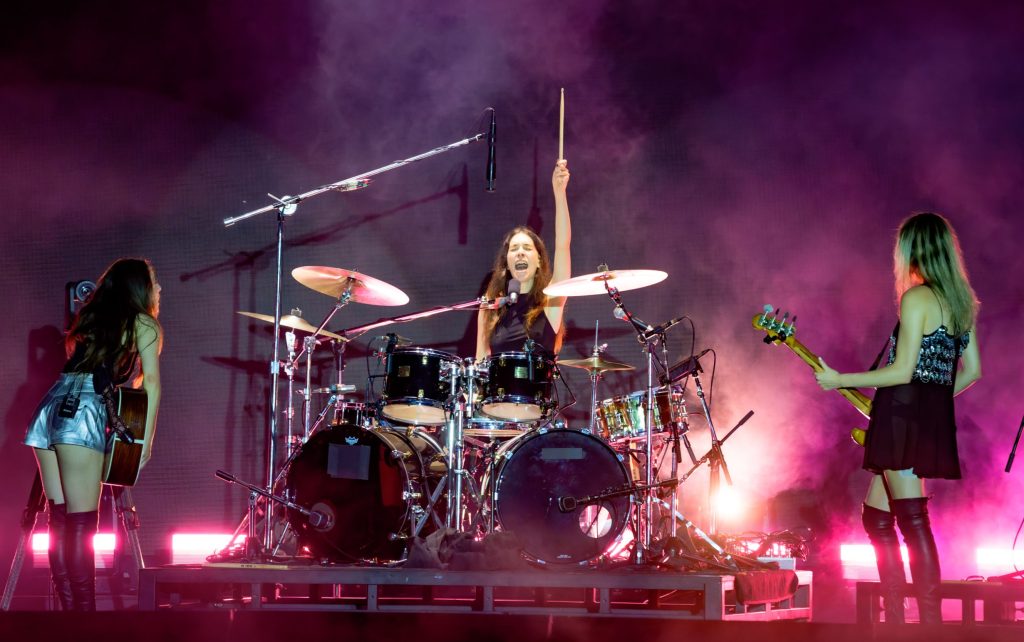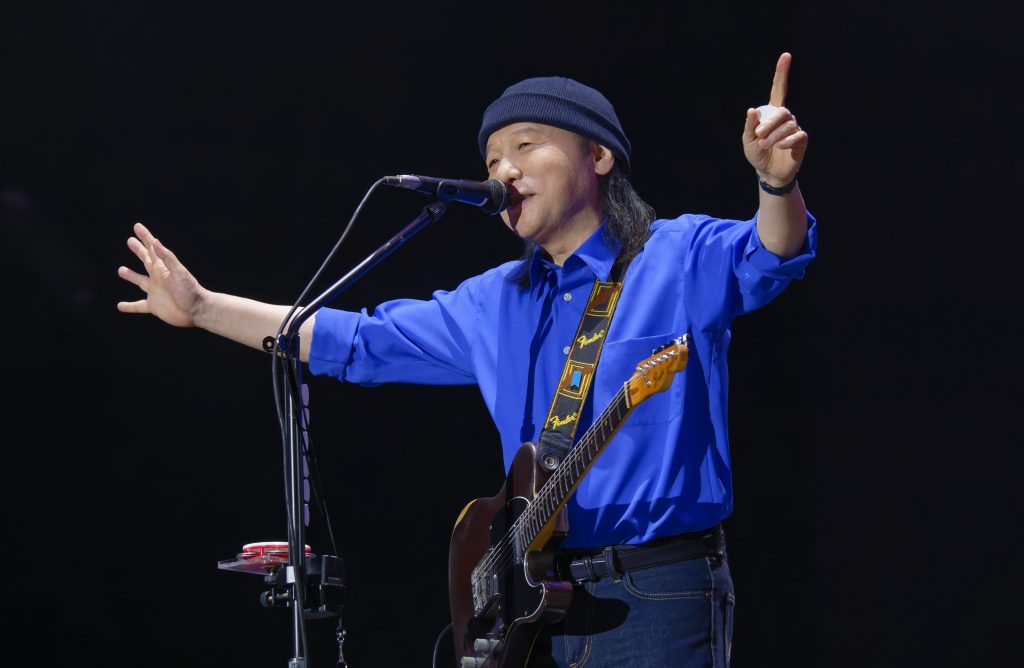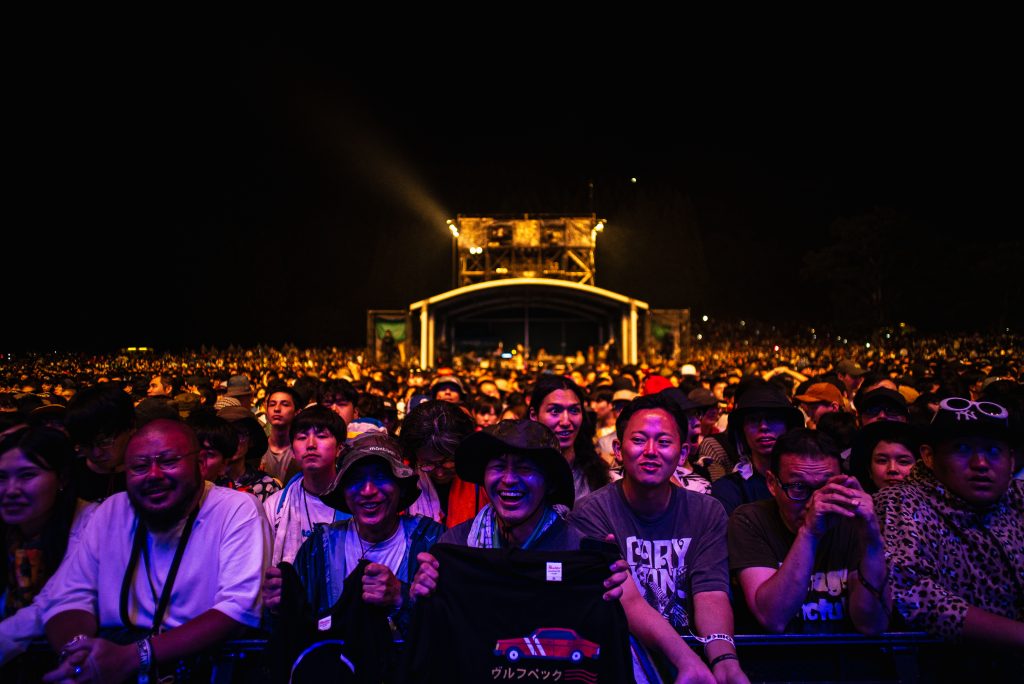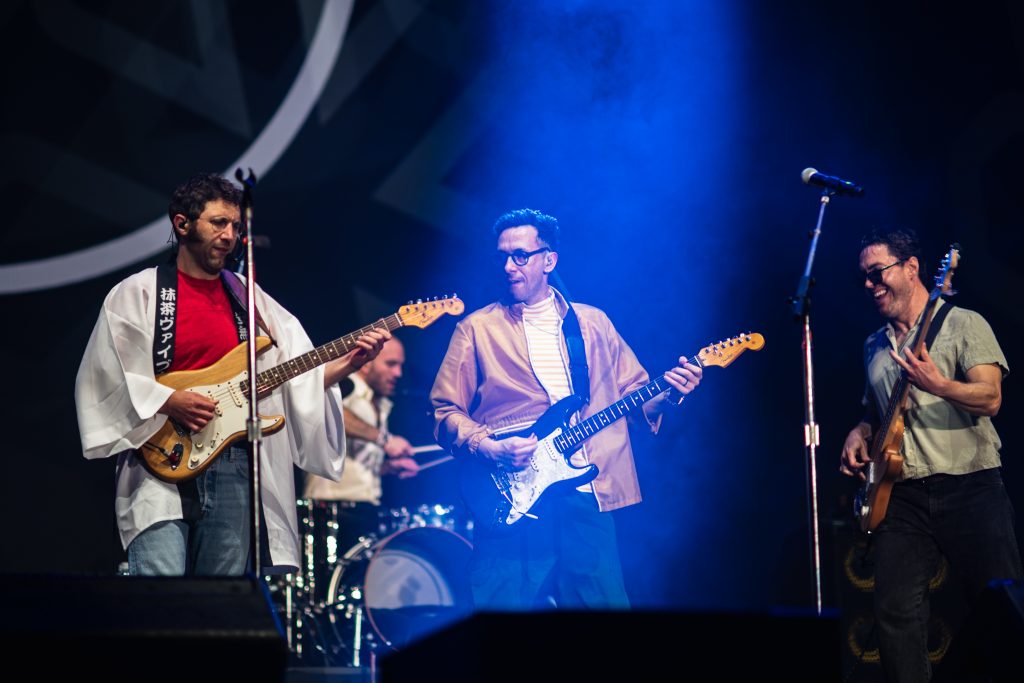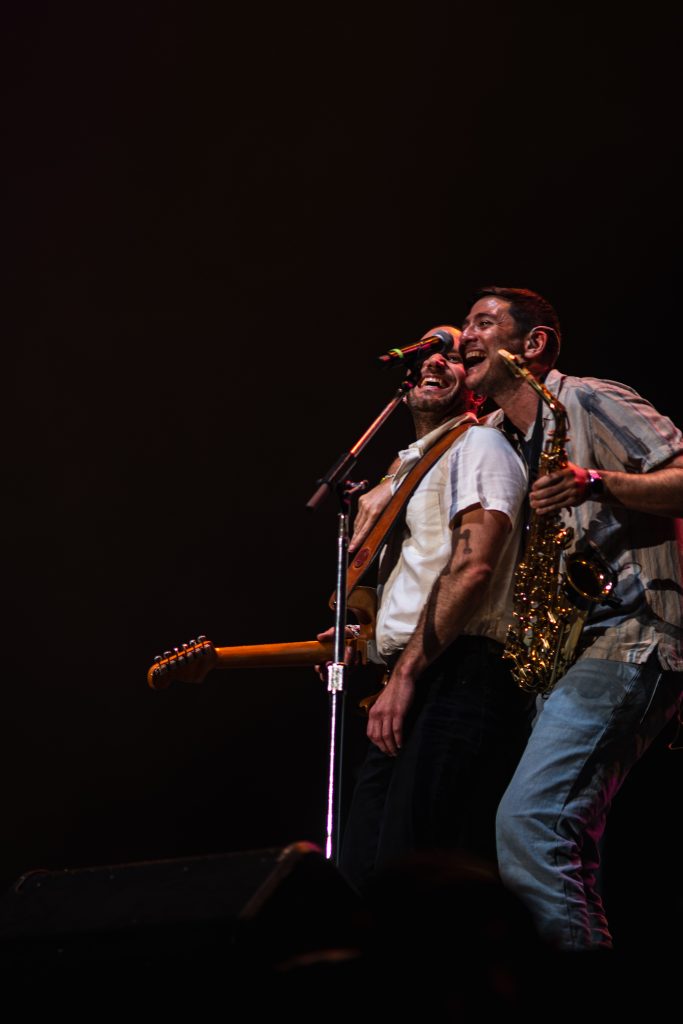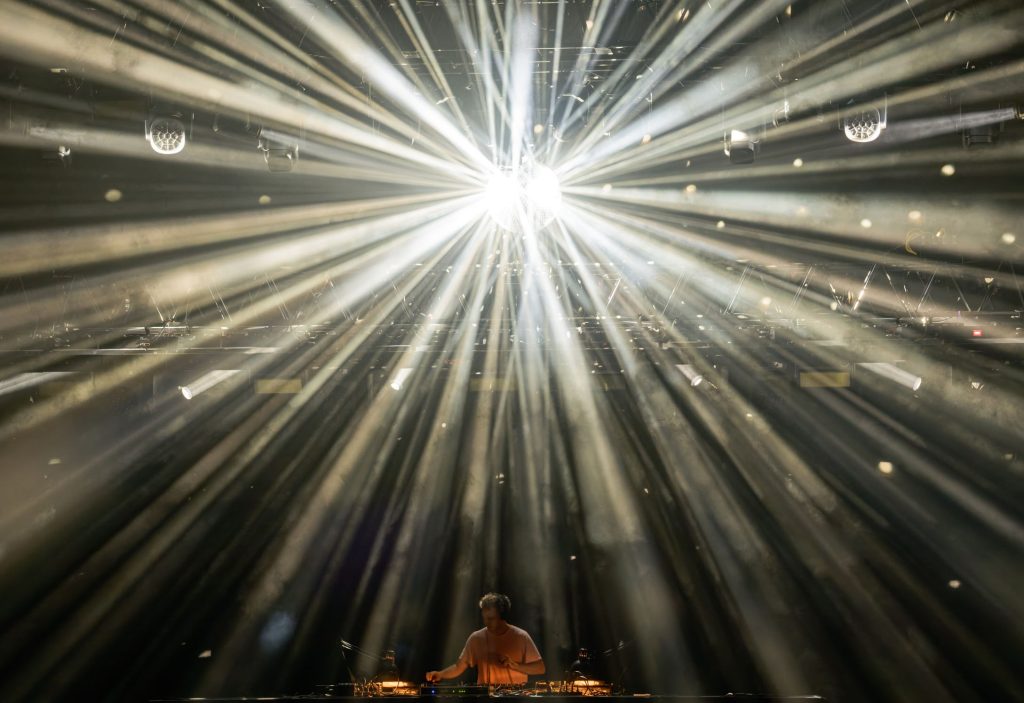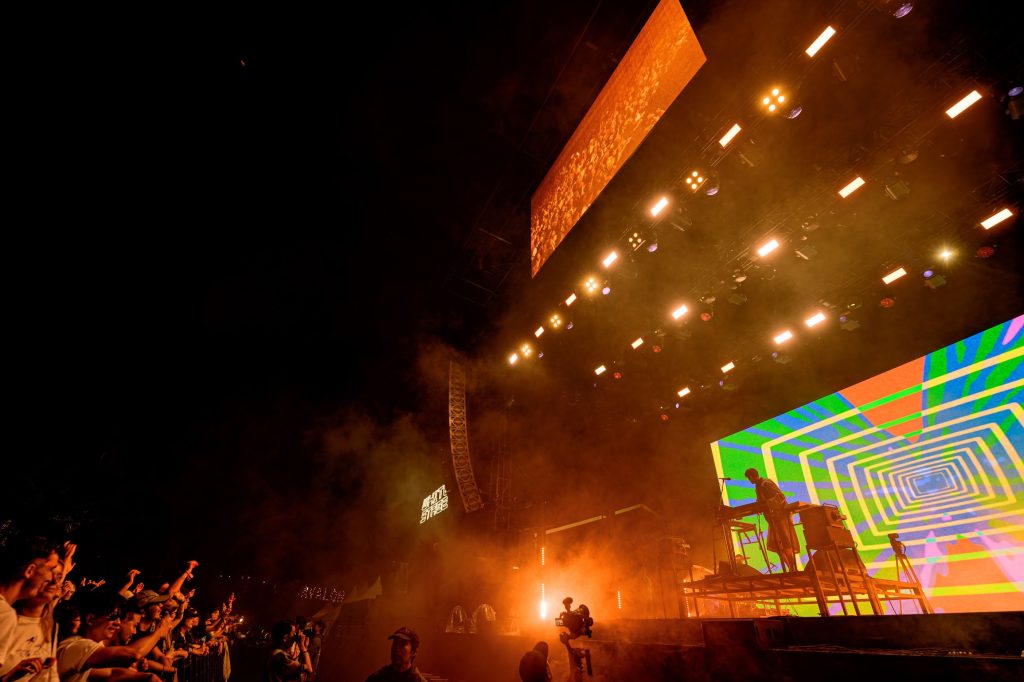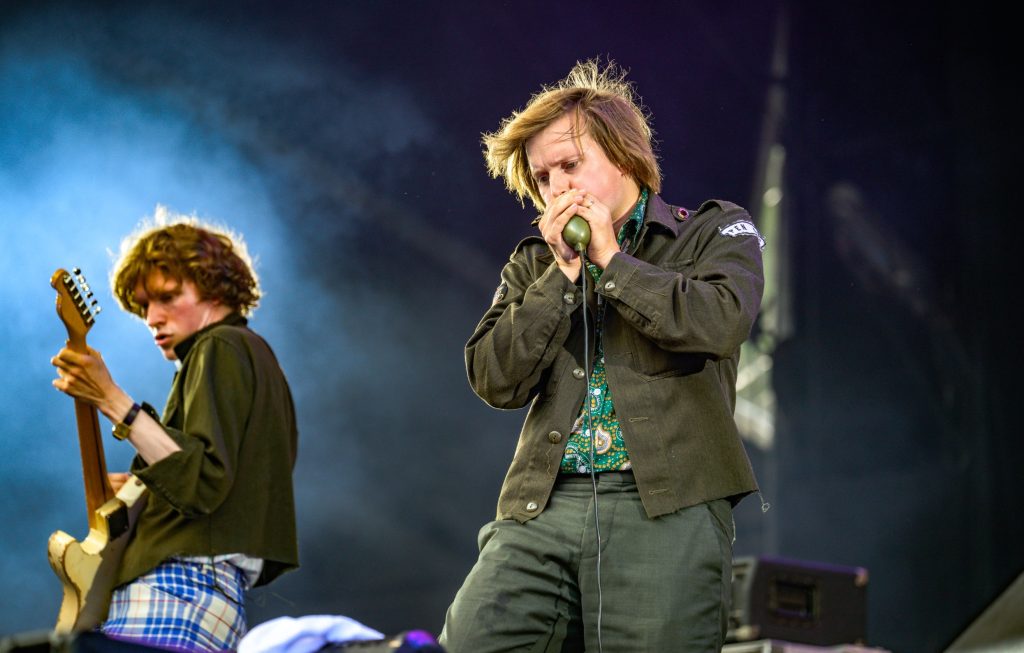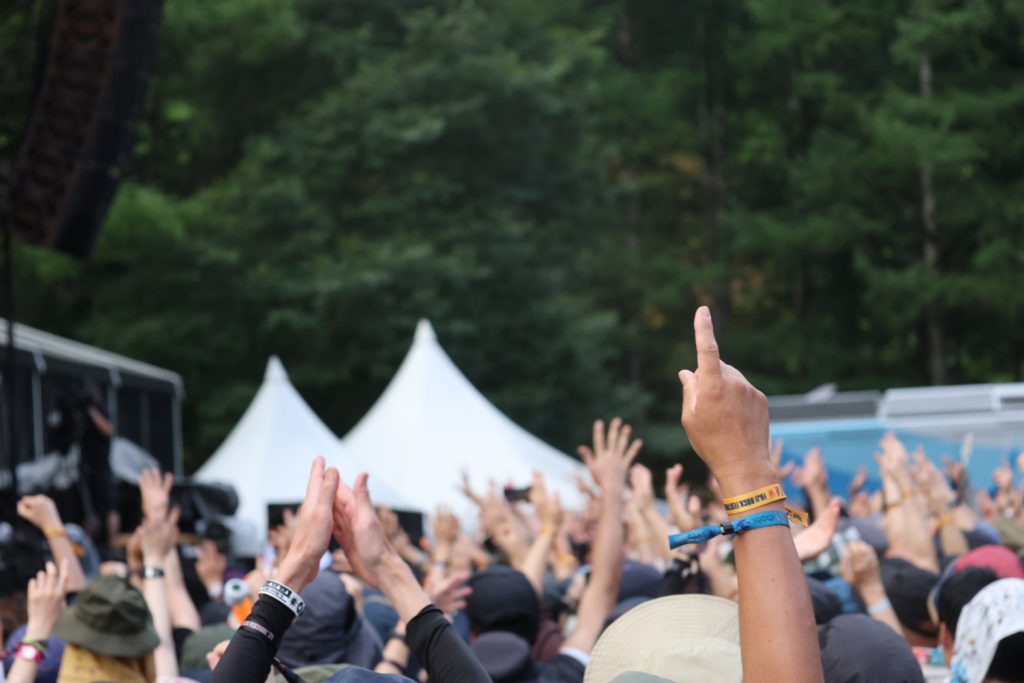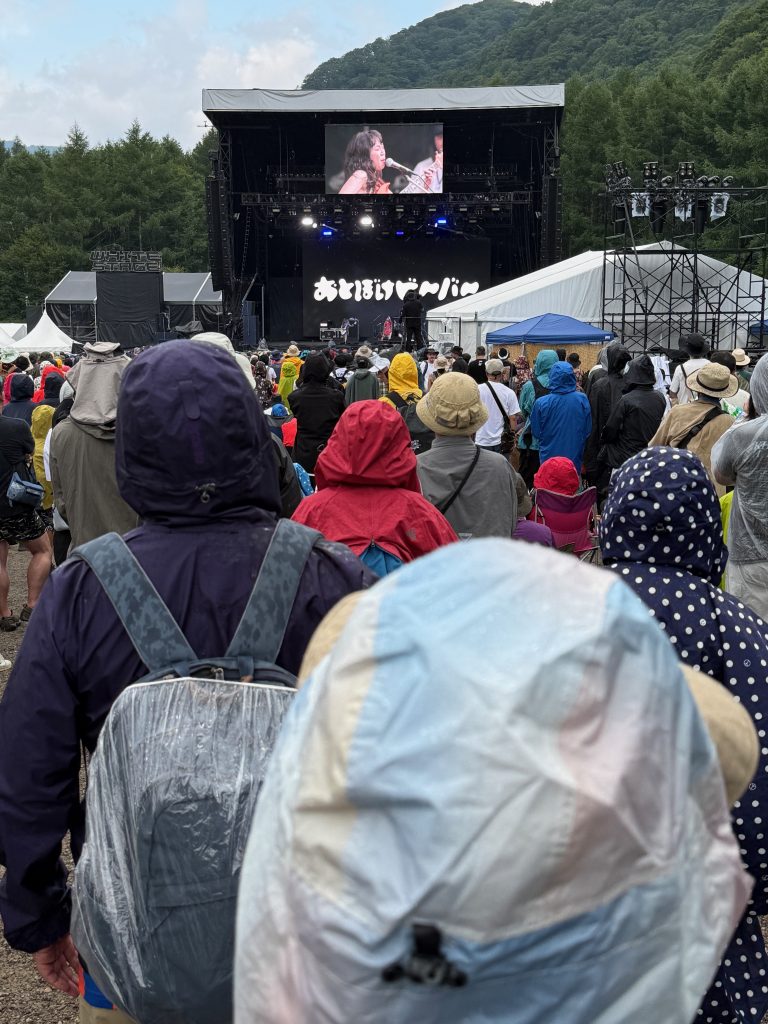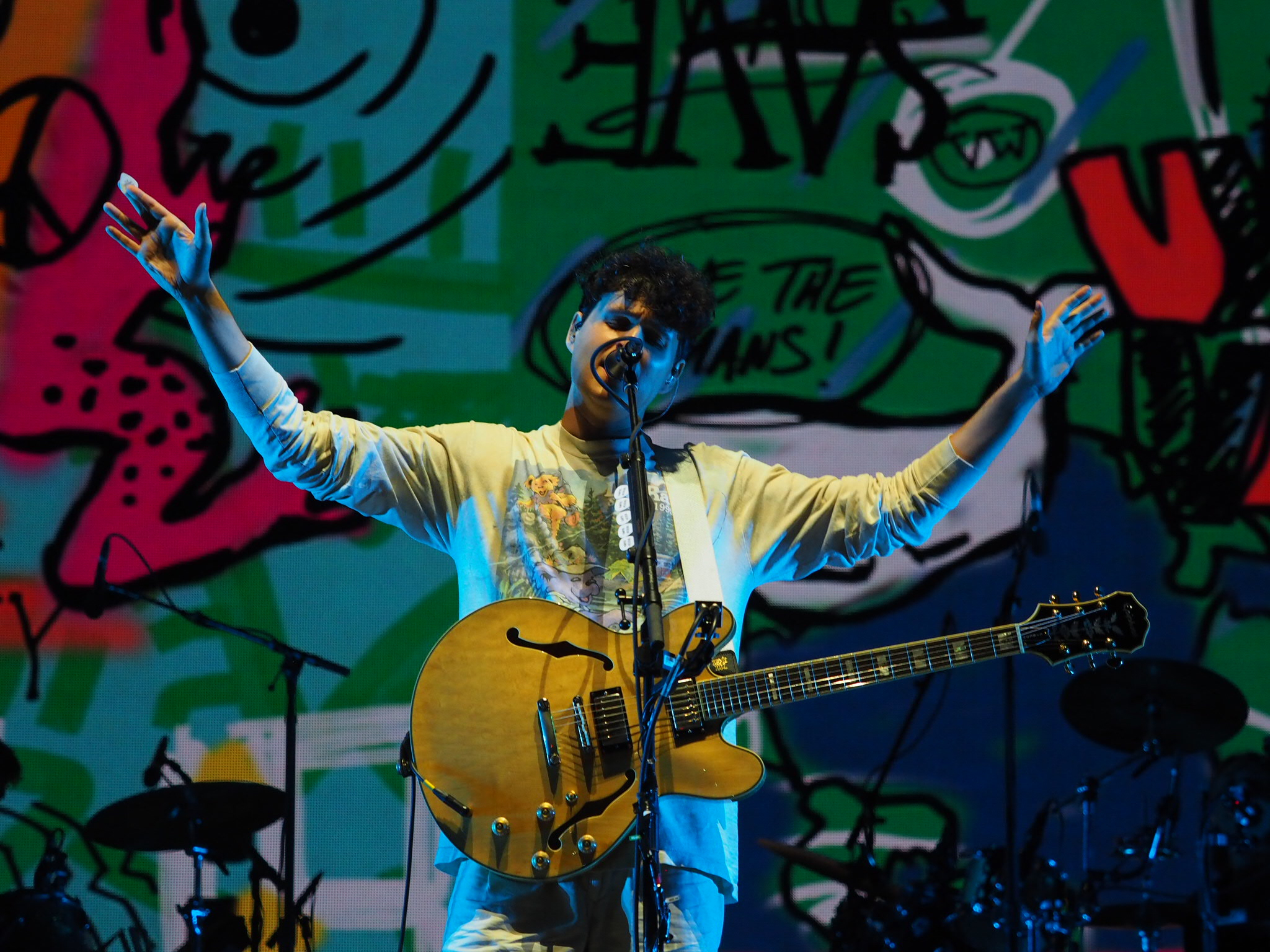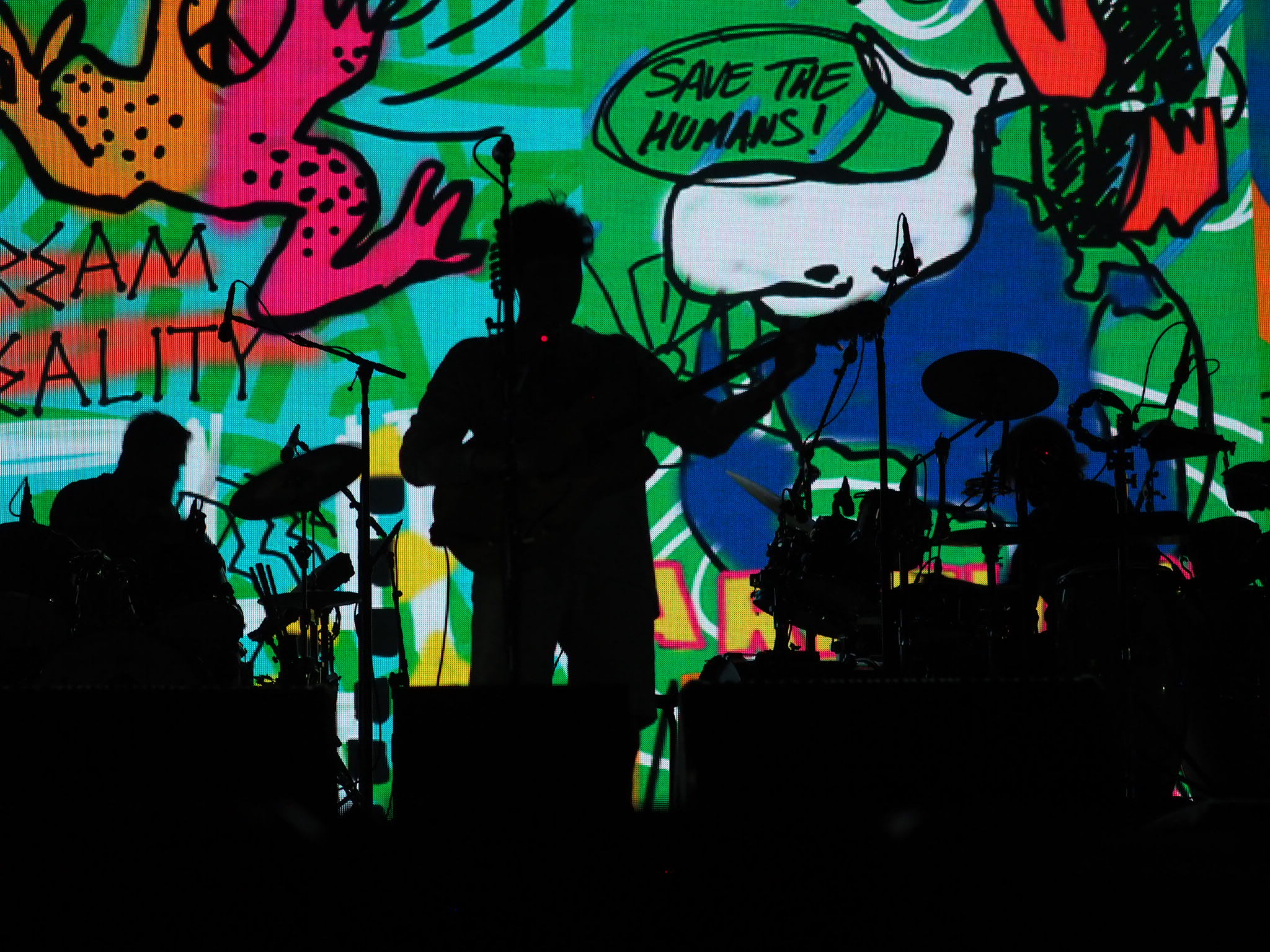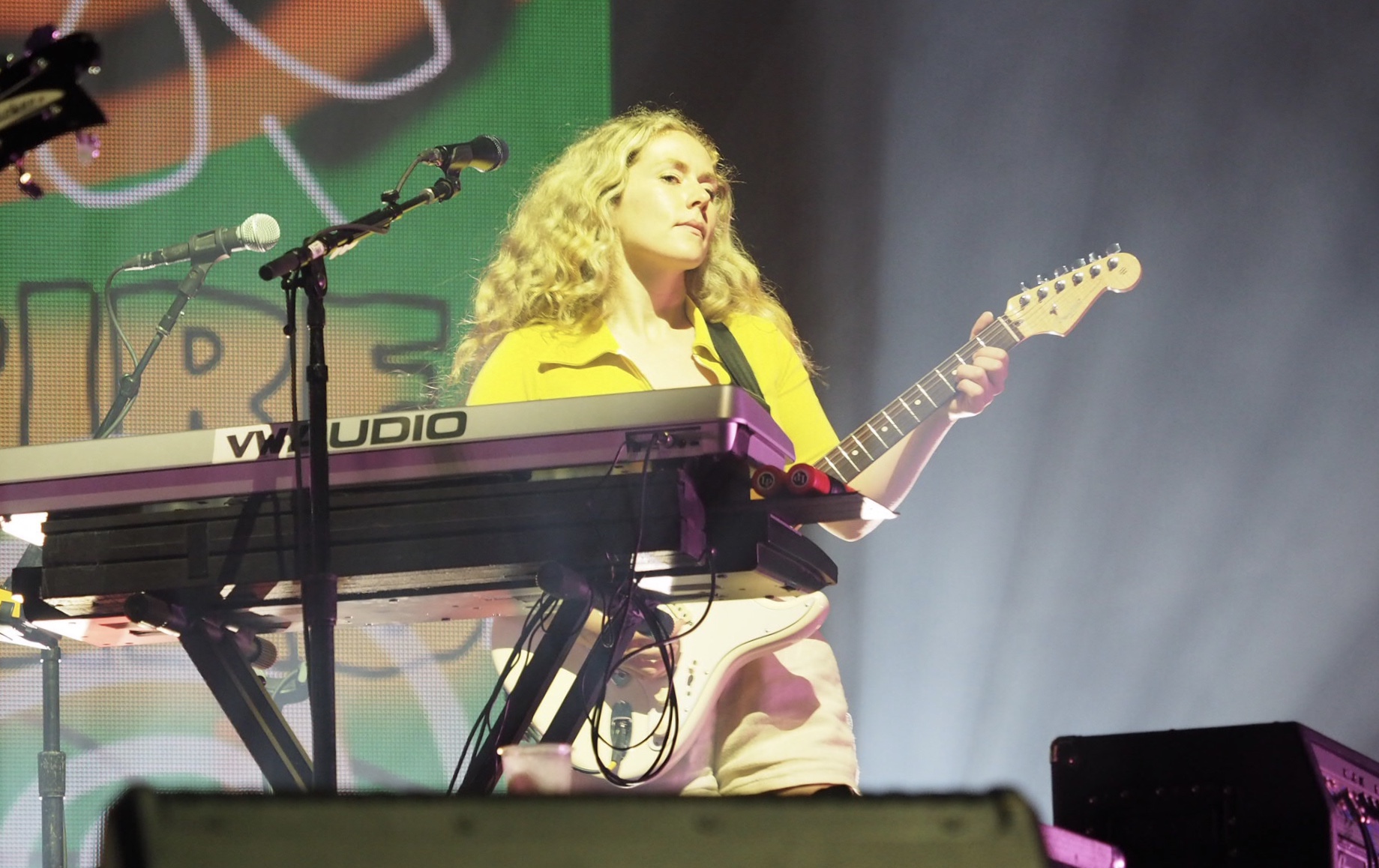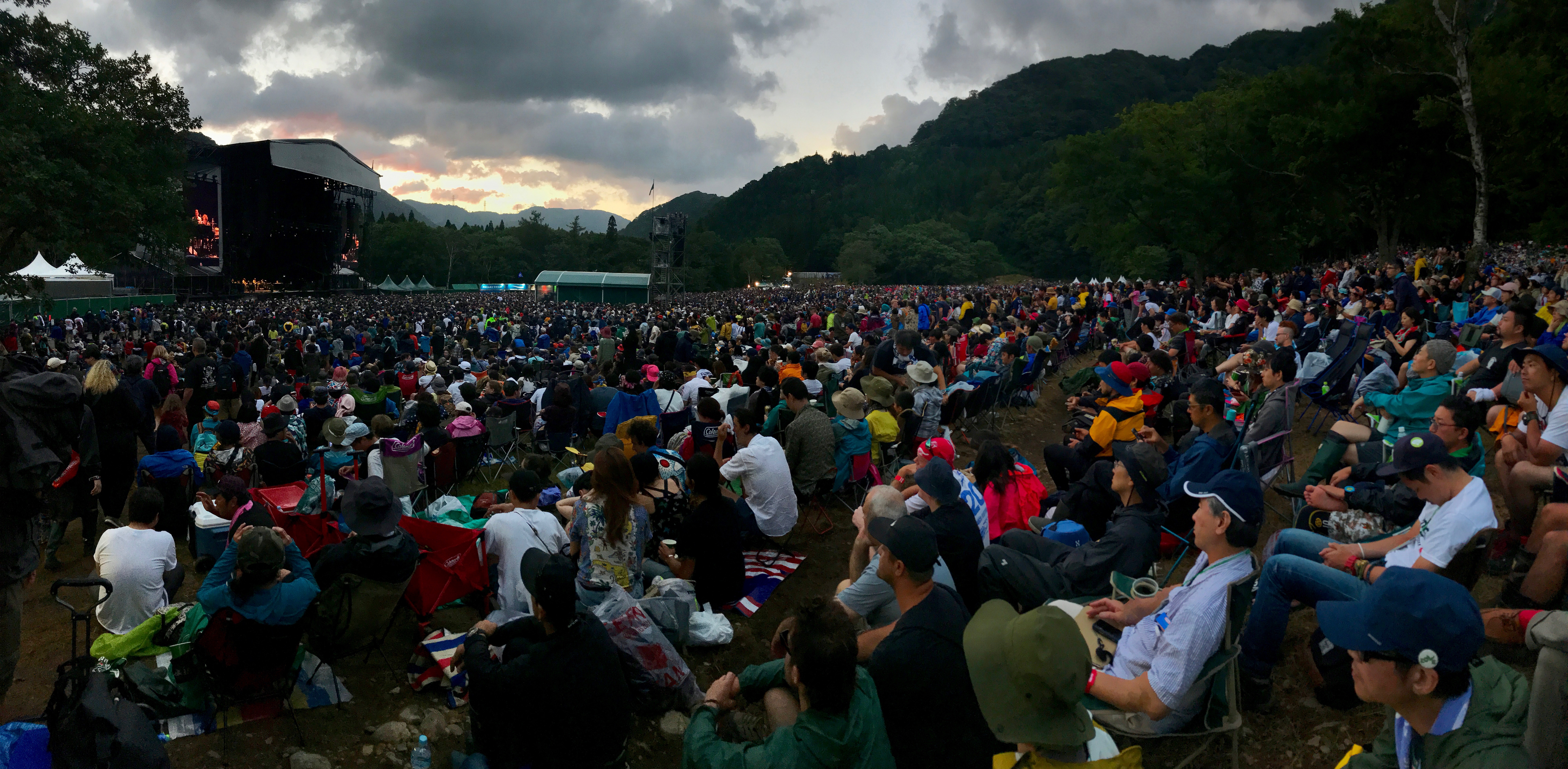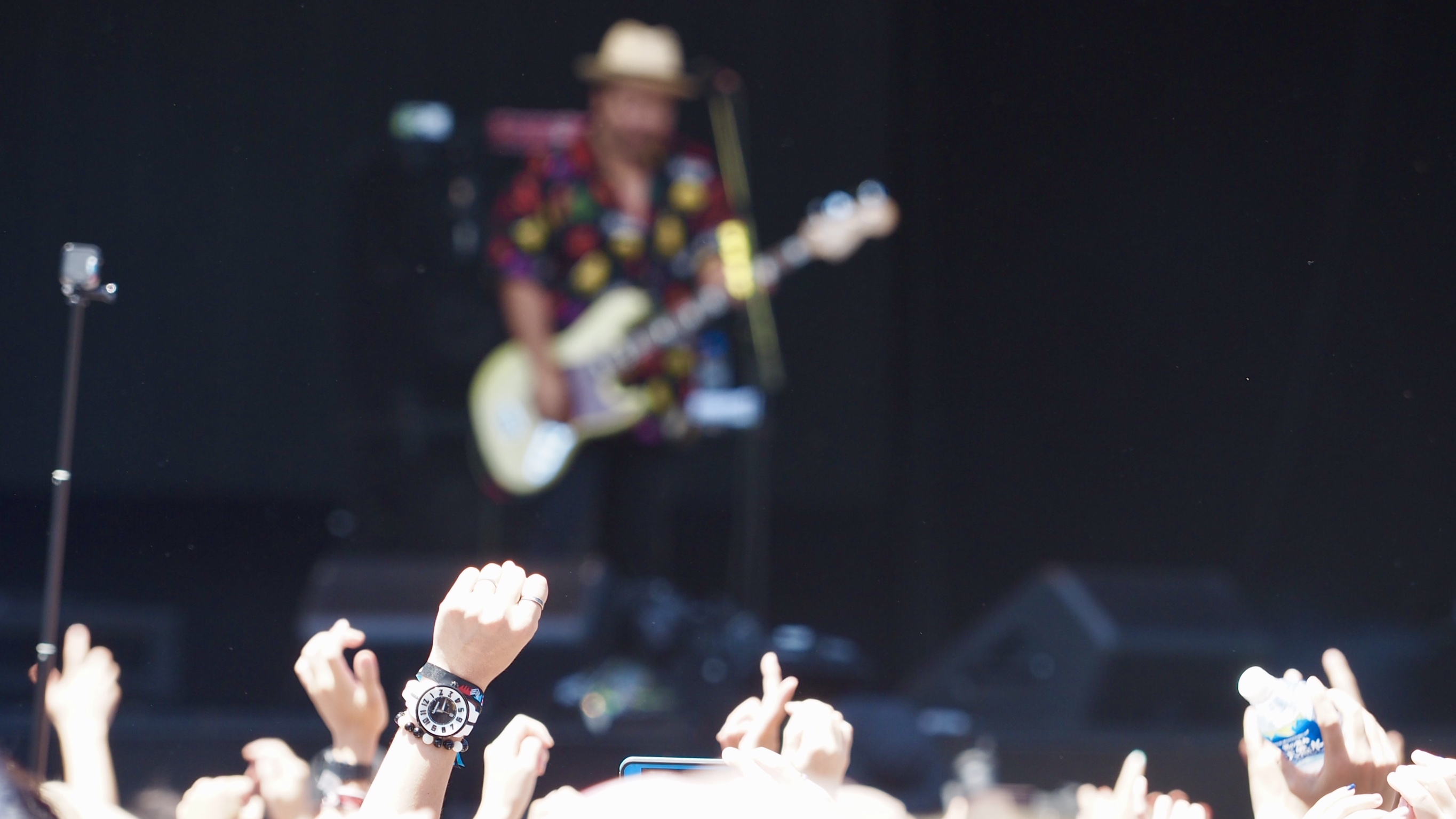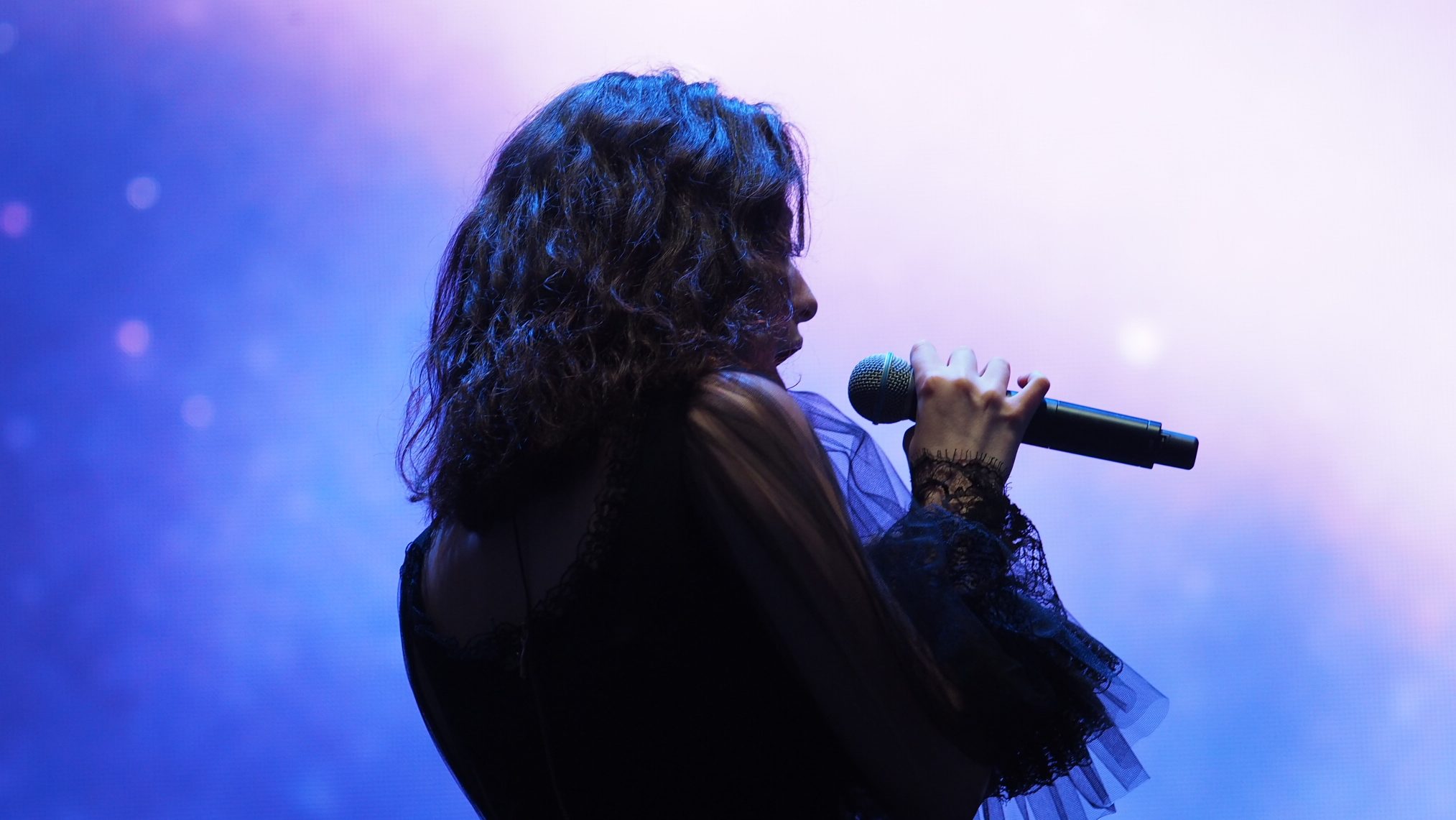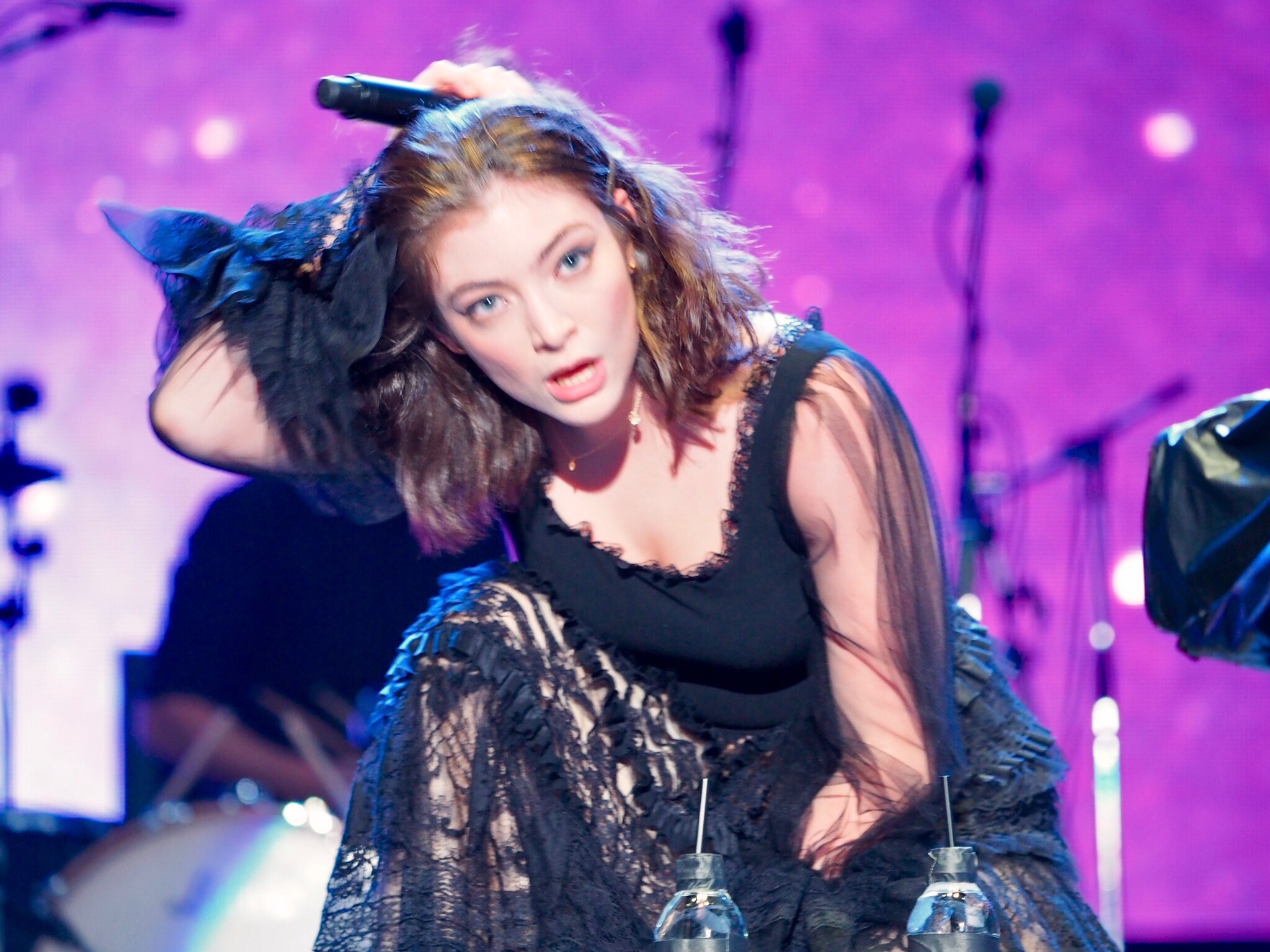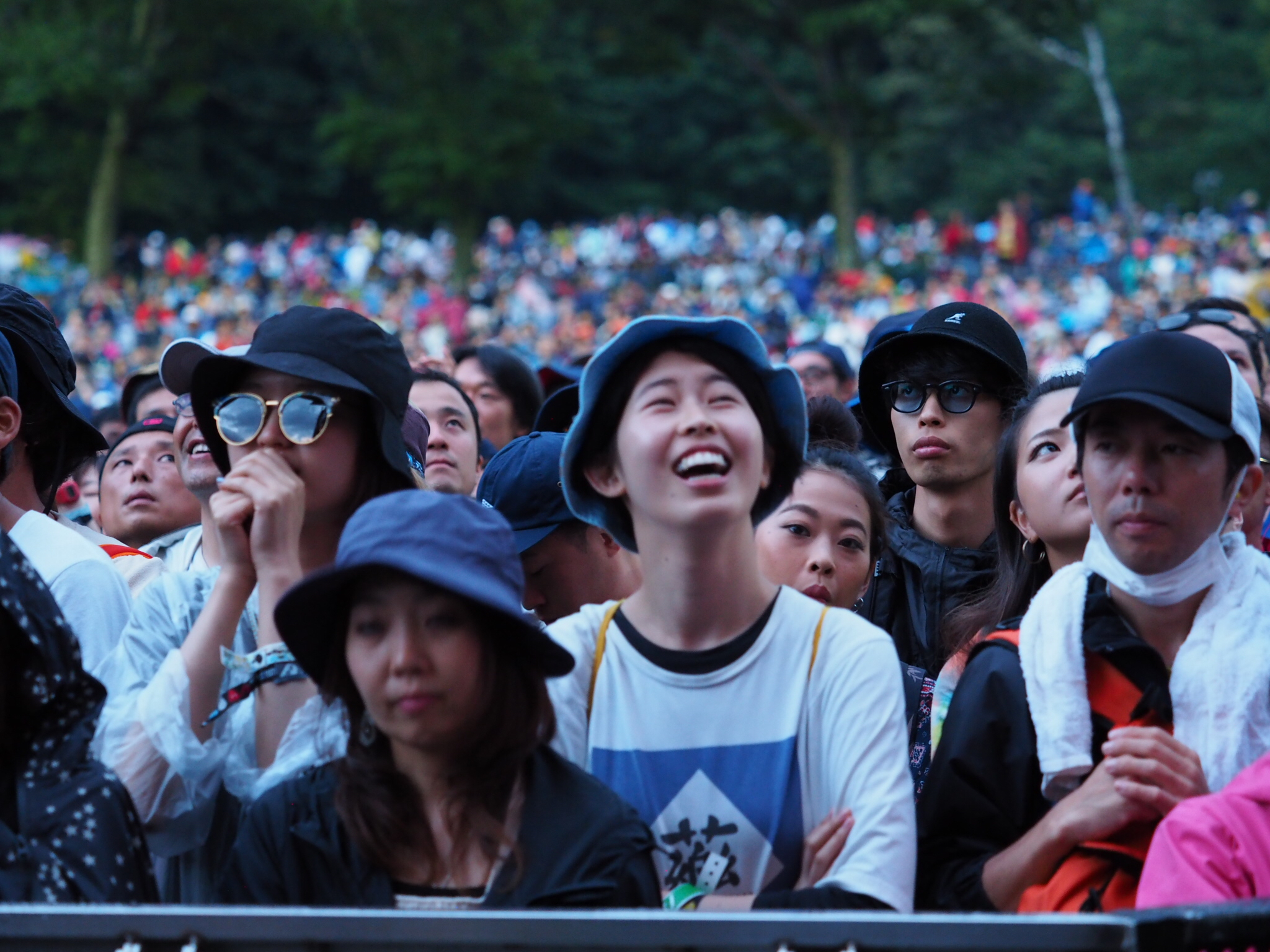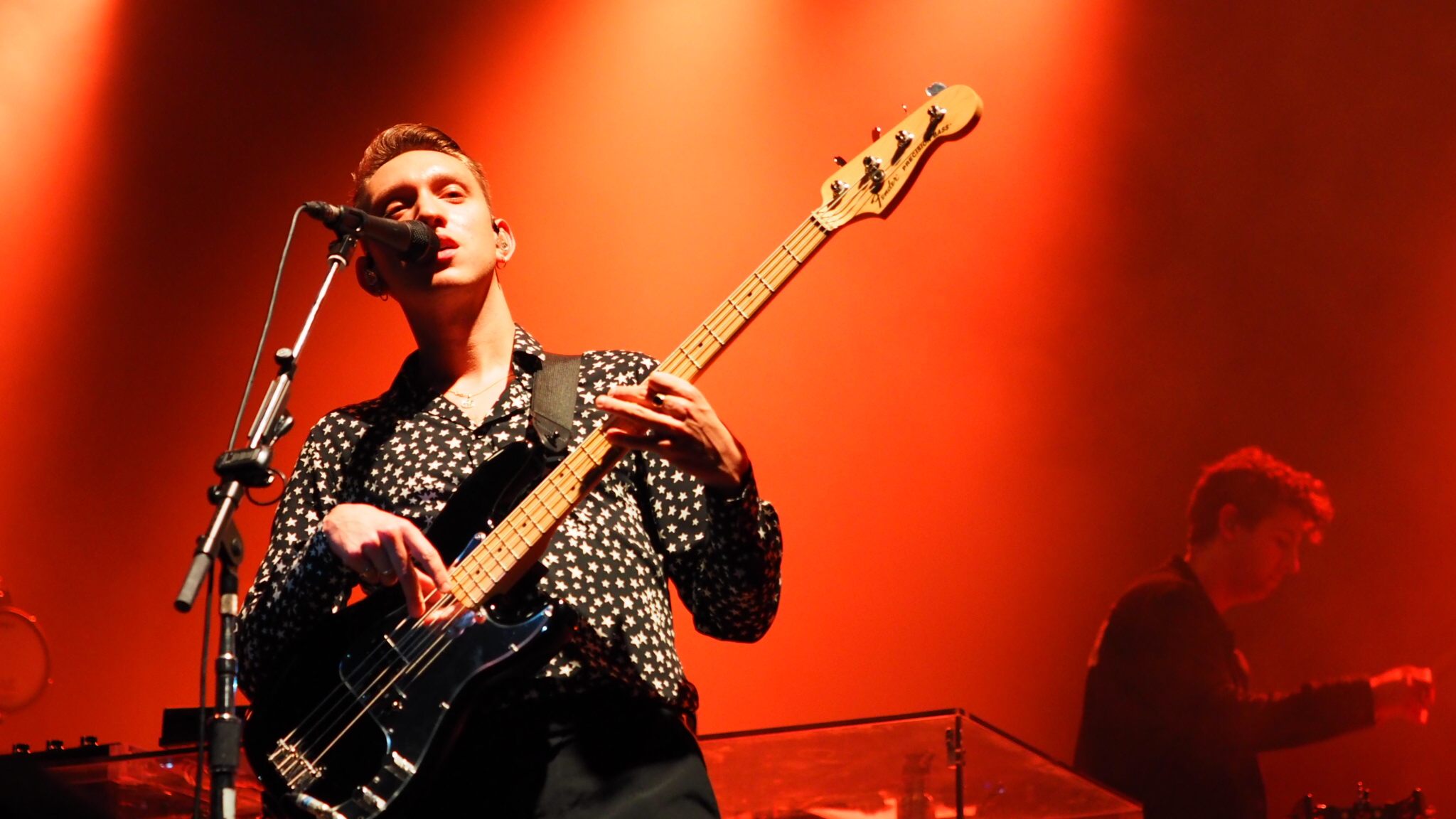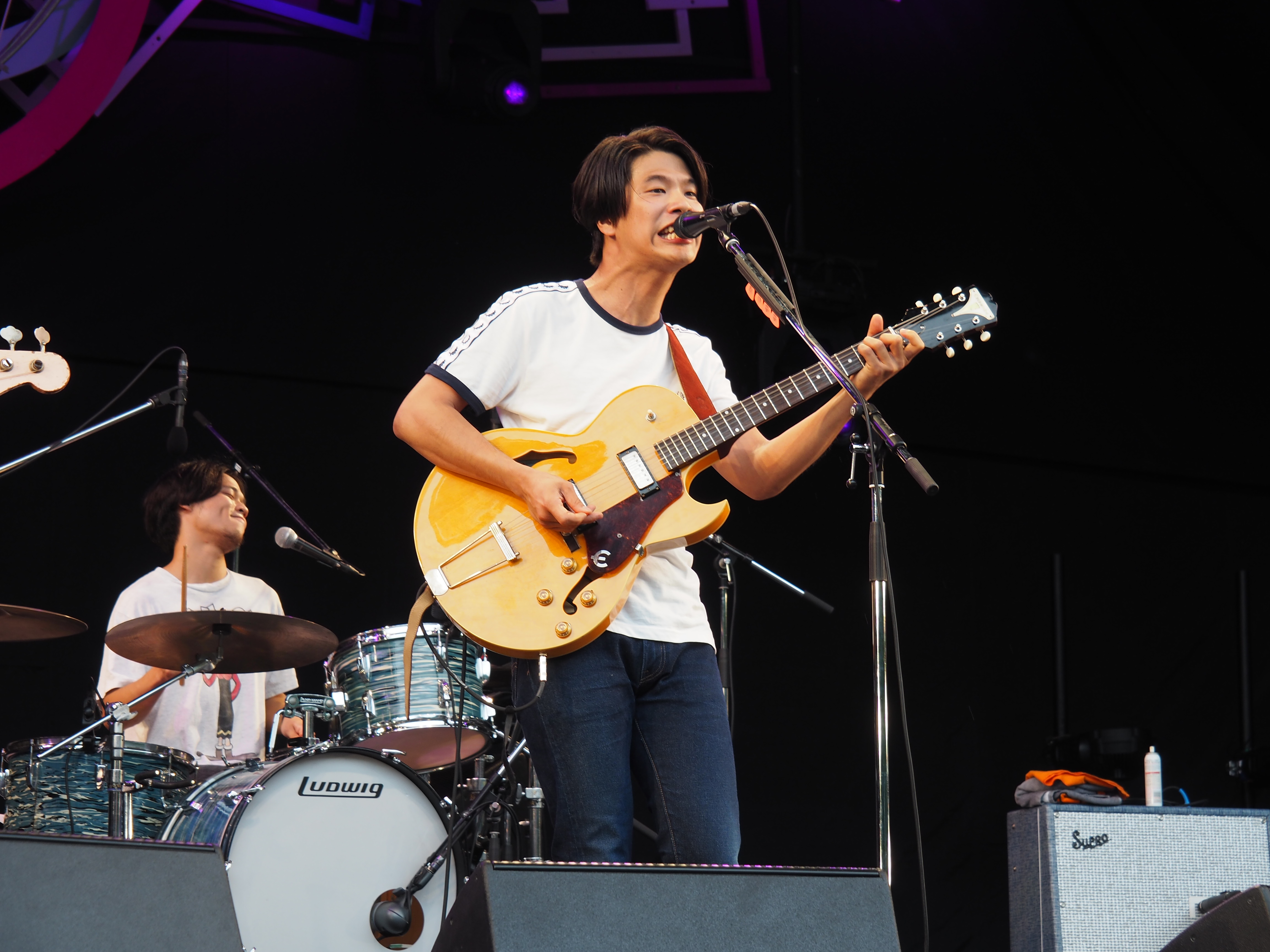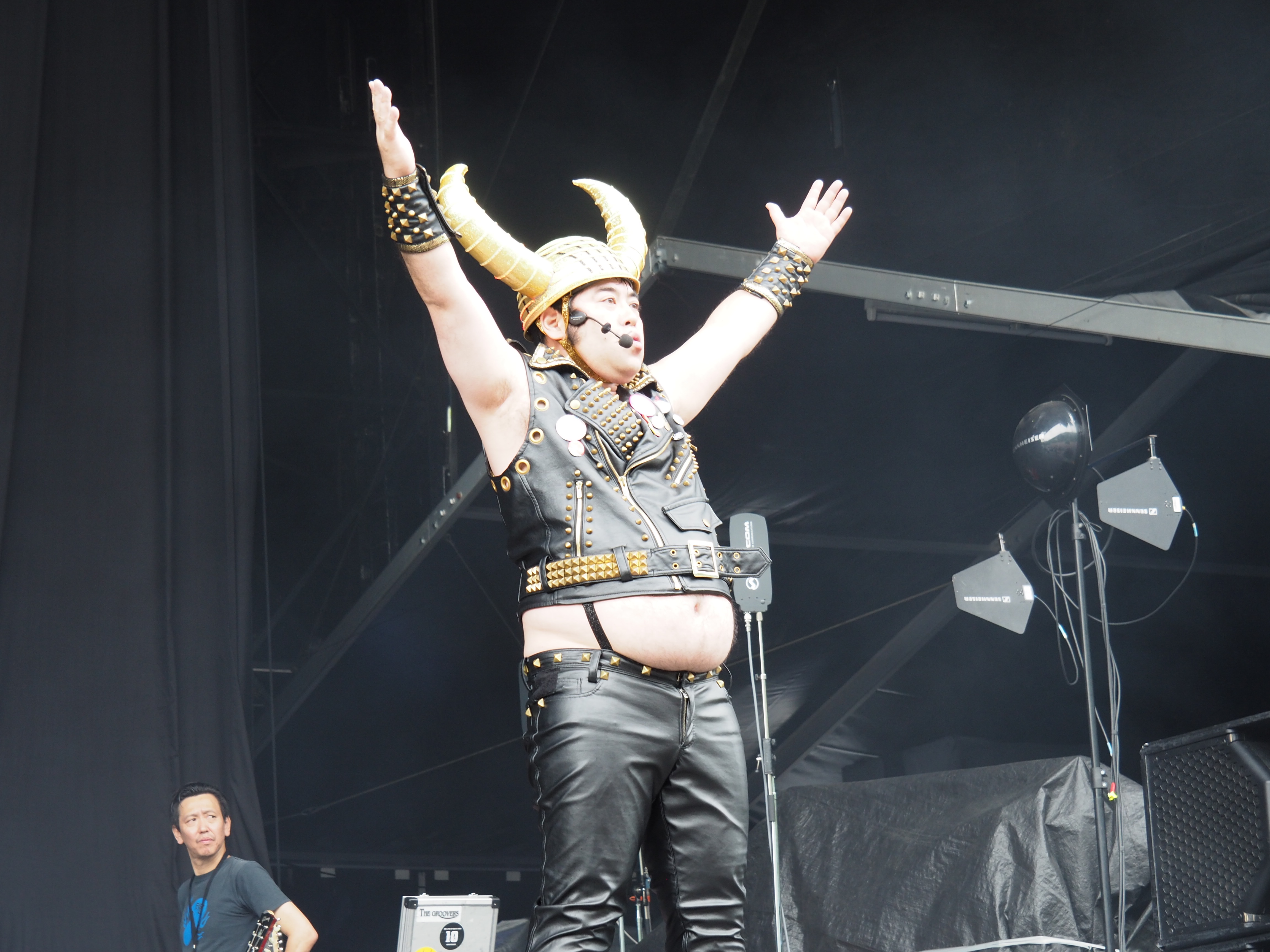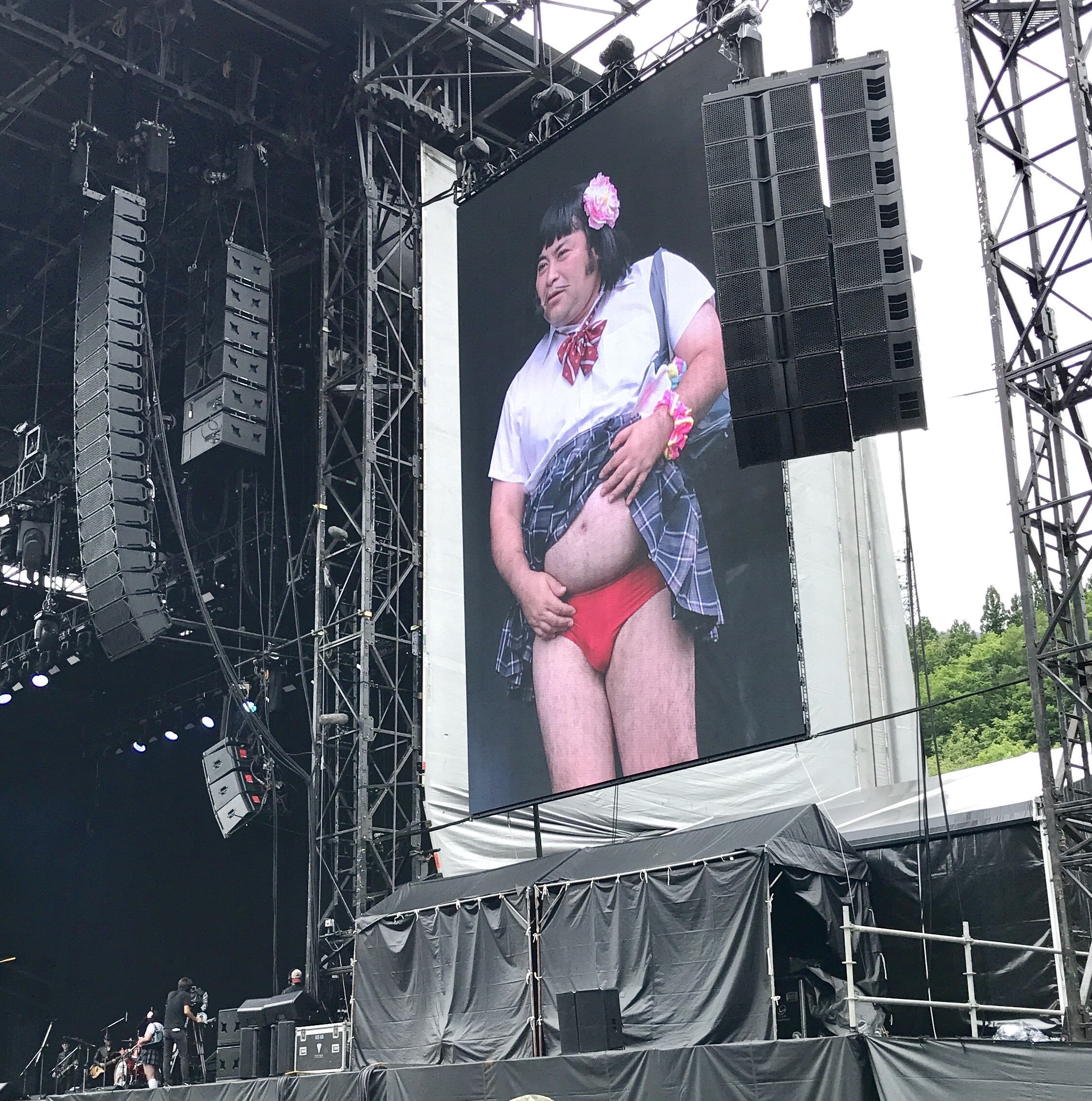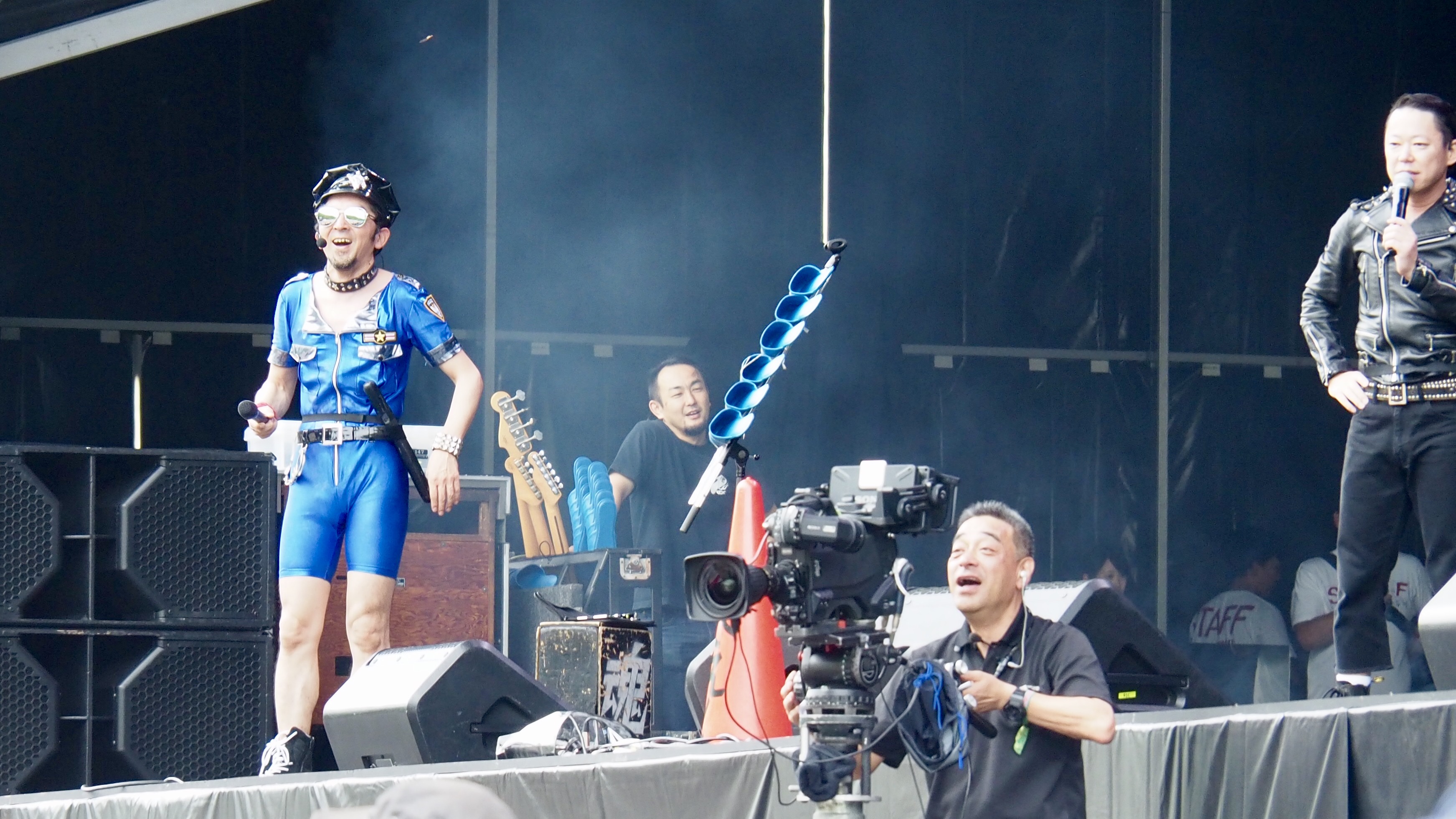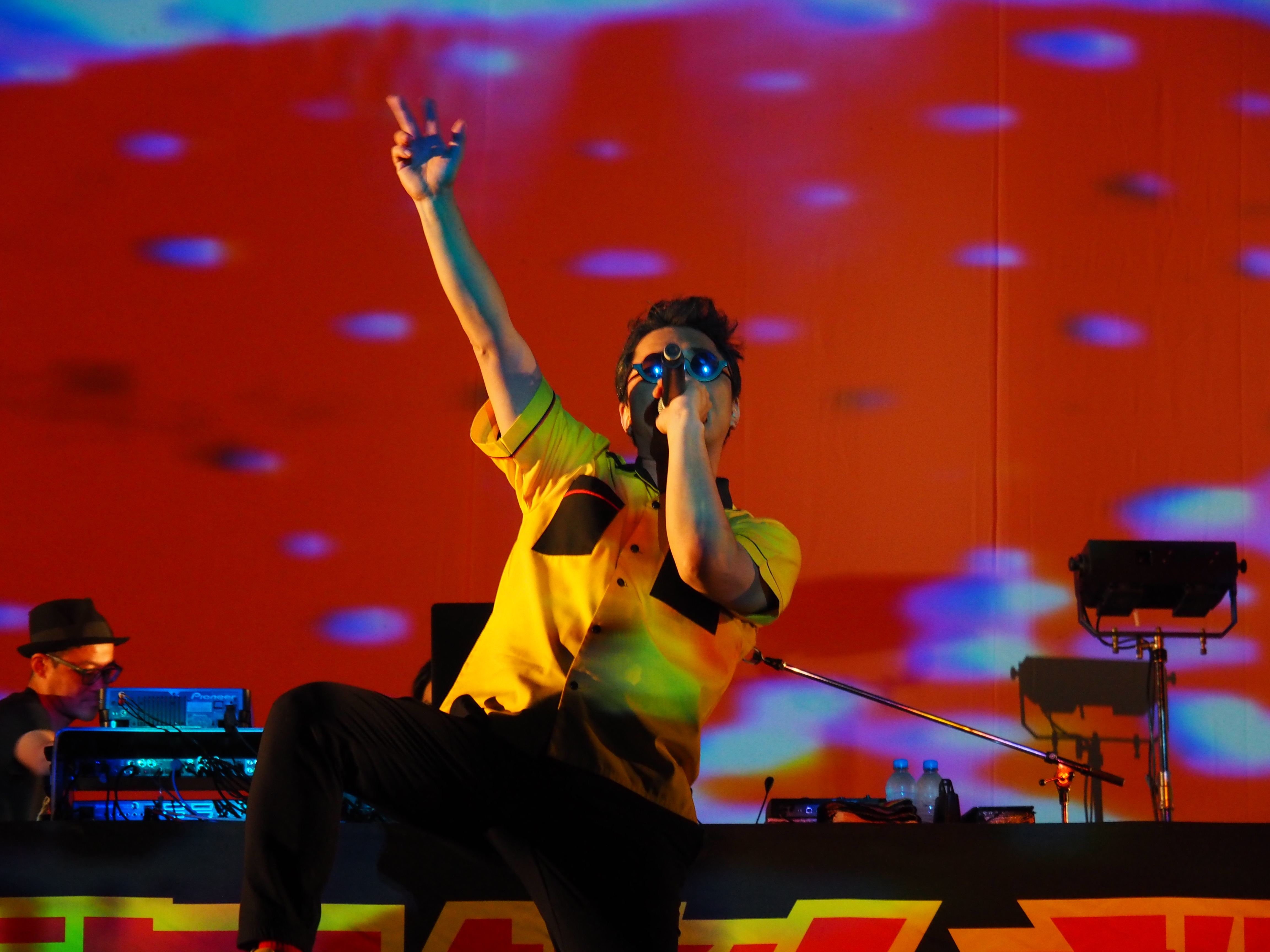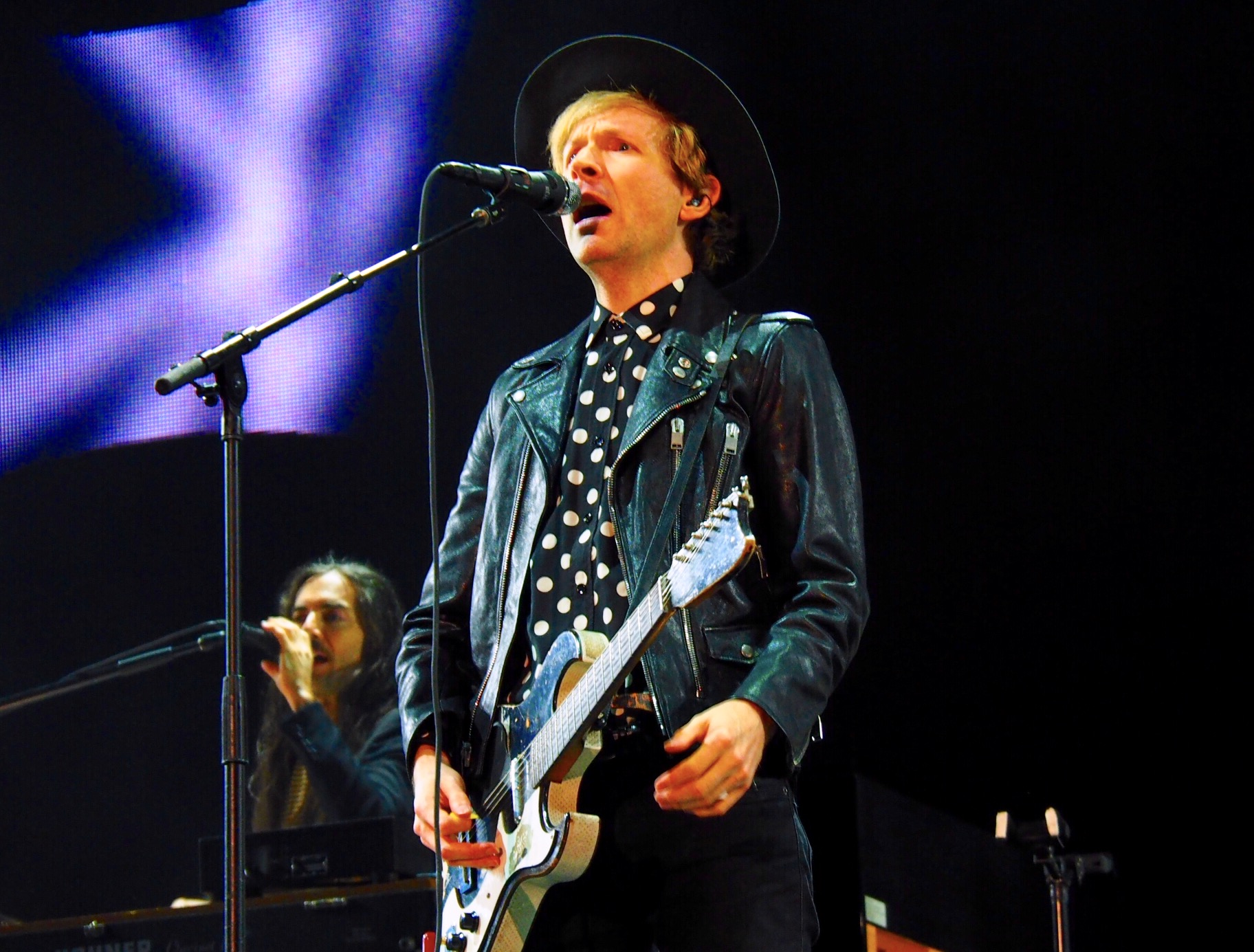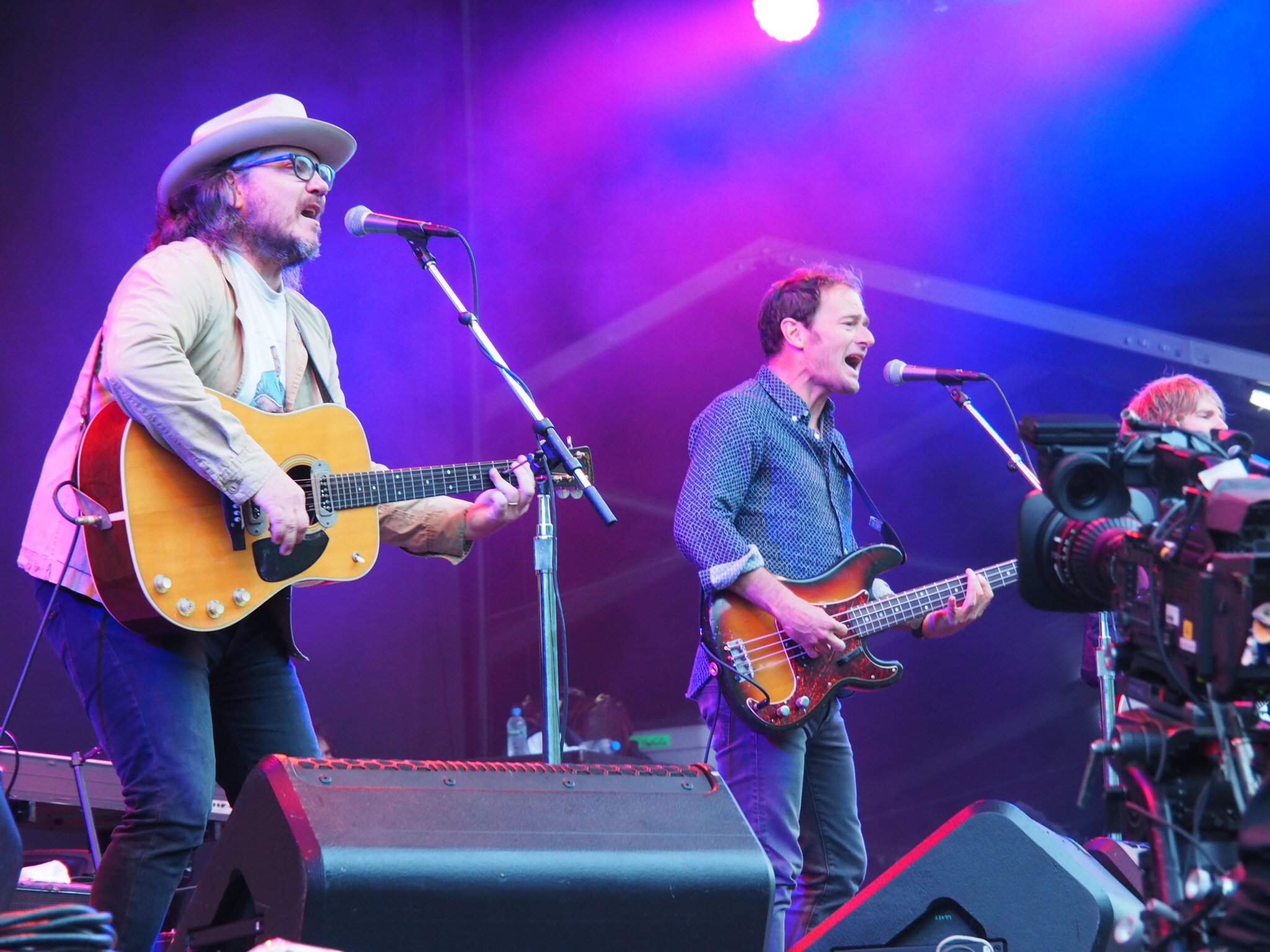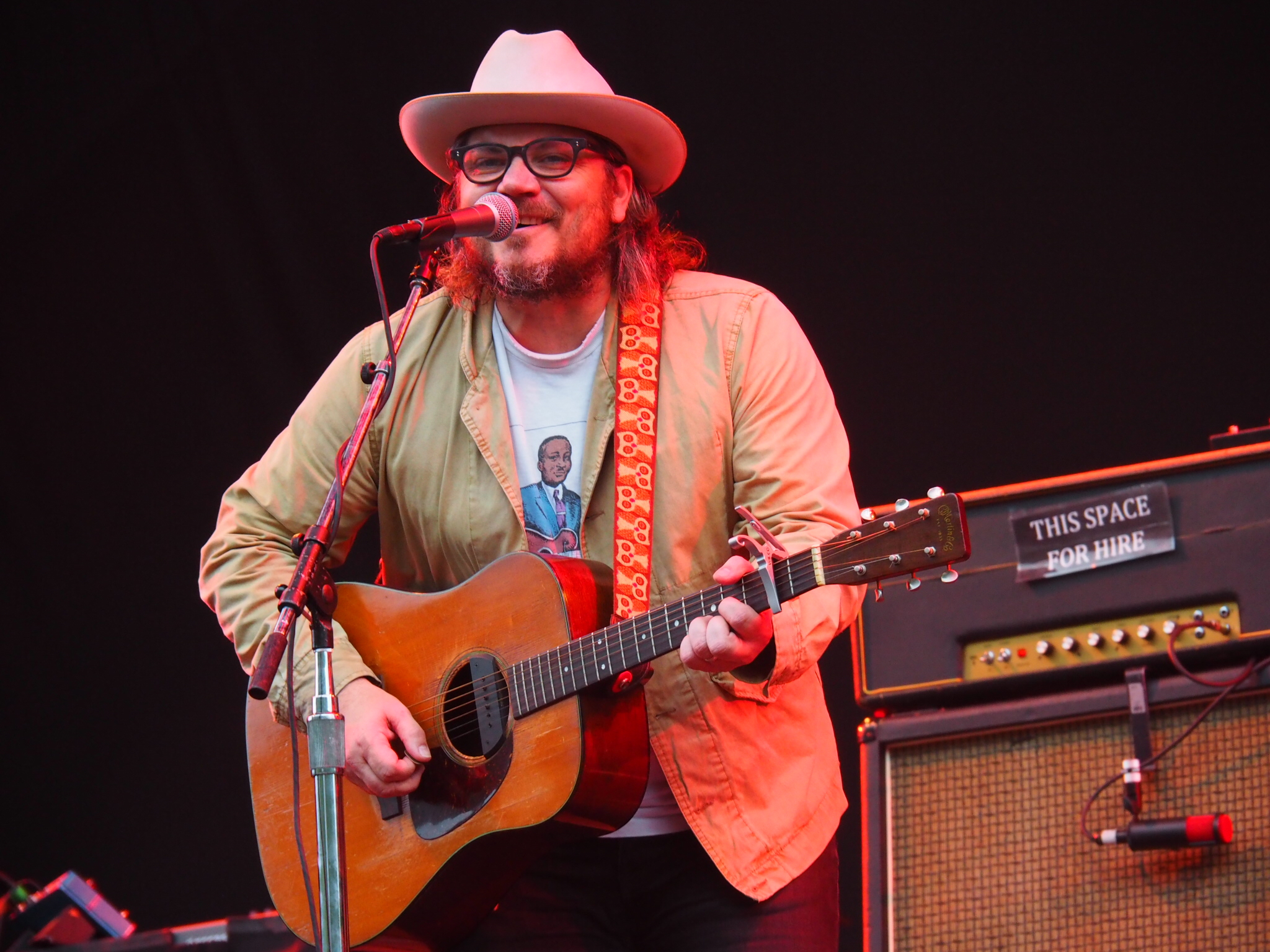Final farewells: The Hives, Vampire Weekend, Haim
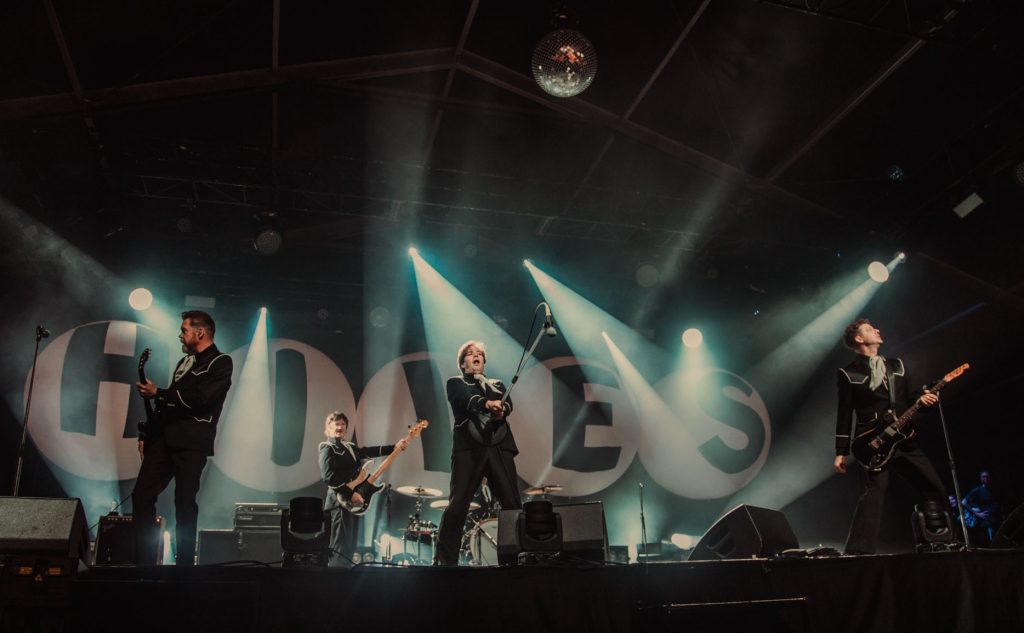
Howlin’ Pelle Almqvist, lead singer and chief comedian of Swedish garage rockers The Hives, told the capacity audience at the Red Marquee that this was the group’s first appearance at Fuji in 19 years, which thus qualifies The Hives as this year’s closest thing to a legacy act, at least among the lineup’s rock contingent.
The group wasted no time in getting the crowd pumped and screaming. They seemed to know all the songs, so Almqvist didn’t even have to prompt them. Pitchman that he is, Howlin’ Pelle kept plugging the band’s upcoming new album, which no one really cared about because it’s all the same crunchy riffs and huge guitar gestures with Almqvist high-kicking to the beat. Not bad for a band that recently celebrated its 30th birthday.
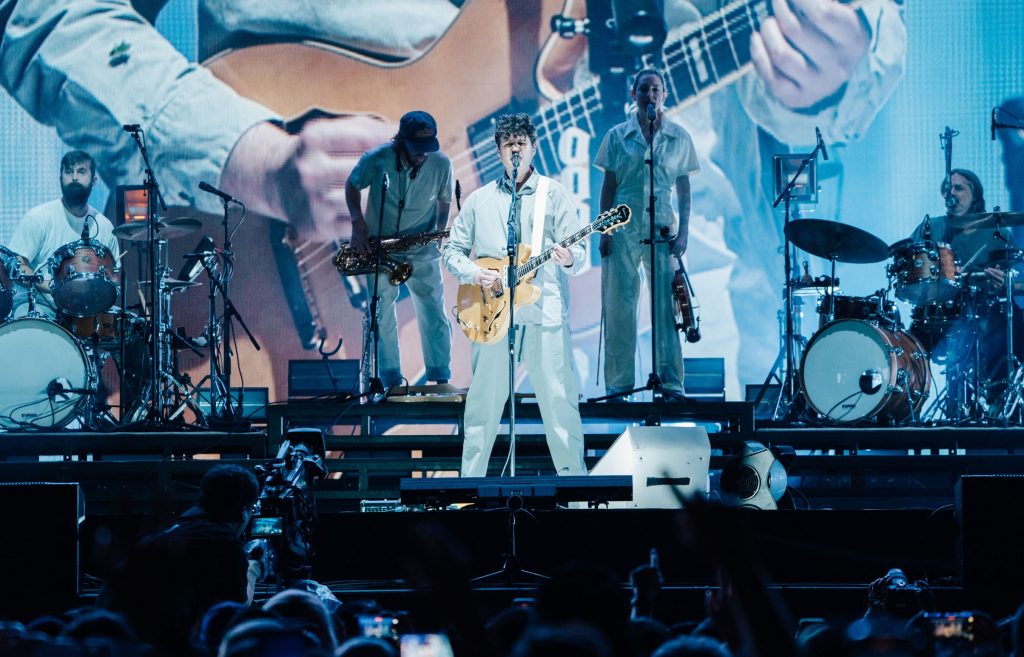
The Green Stage headliner on the last day was Vampire Weekend, who have come a long way since their scrappy indie days. They had grand pianos and extra musicians. They even had a dancer. Ezra Koenig was an affable host, introducing the songs by name and designating which of their five albums they were from. Though it was tasteful to a fault, a lot of people found reasons to dance and a few even sang along to “Oxford Comma,” which by now qualifies as a golden oldie.

The Haim sisters, who headlined the White Stage, may have been the most unabashedly excited act of the weekend. Despite projections on the back screen of variations on the title of their latest album, “I Quit” (“I quit all relationships”), they just wouldn’t. The group’s sunny California sound somehow worked well with the whole anger thing, but in any case they were so riled up that the audience couldn’t quite keep up with them as they switched instruments continuously through the set.
Given that they’re sisters and all sport long brown hair, it was probably difficult to tell who was who from the back, which is where we were standing, but they created such a united roar of rock that it didn’t make any difference. They also wouldn’t stop enthusing about being at Fuji Rock, which seemed to be a dream come true. “You’re awesome,” one of them kept saying, over and over — or maybe it was all three of them.
